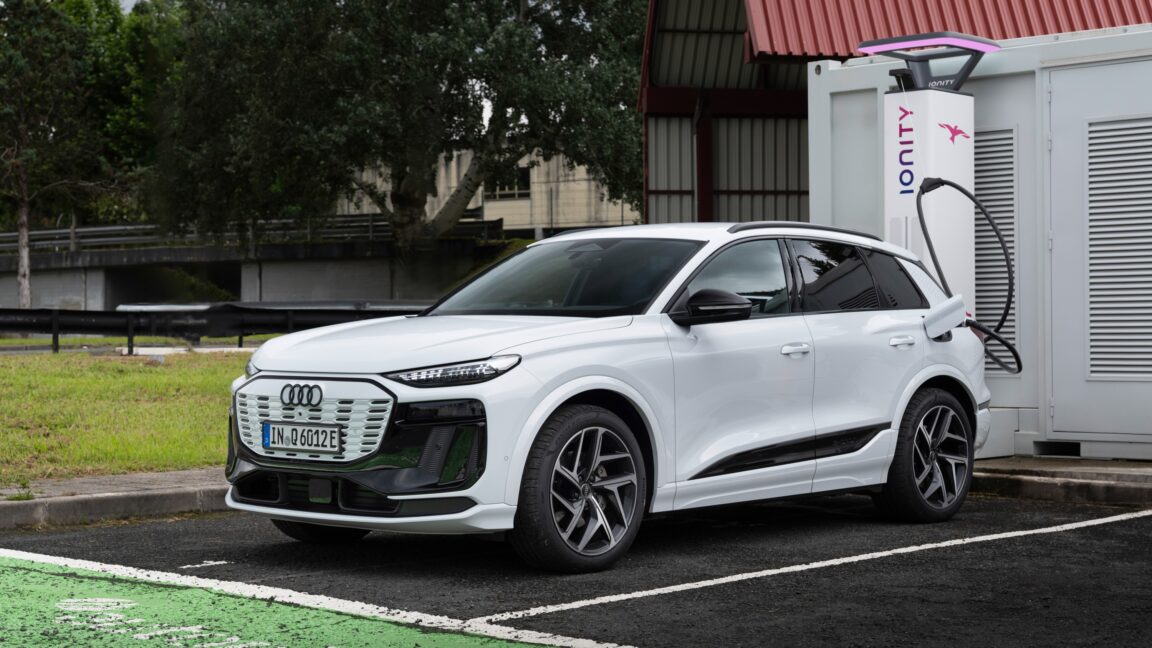“I’m not gon na lie, I fidgeted concerning it,” stated Malmgren, who works as the senior policy supervisor for Plug In America, one more EV campaigning for company. “However it was a full non-issue. We charged as soon as along the way.”
Malmgren claimed her experience is a typical one for new EV buyers. A current Plug In America study of more than 3, 000 EV proprietors found that 70 percent of the respondents stressed over battery variety prior to purchasing an electrical cars and truck. The study, nonetheless, additionally discovered that only 35 percent remained concerned after having an EV.
“What we’ve found with our Plug In America study is that a great deal of people have concerns concerning winter procedure of electric automobiles,” she said. “Once they get in an electrical lorry, once they begin driving an electrical car regularly, they locate that these issues go away.”
The vast majority of the EV proprietors who remain concerned about array very own EVs built prior to 2020 and stay in rural areas, Malmgren added, where billing infrastructure is scarcer and chauffeurs commonly travel longer ranges.
The survey additionally placed owner satisfaction for different EV models, consisting of for the auto’s battery range. Out of the 14 various EV designs included, Rivan’s R 1 T truck got the greatest complete satisfaction score for range efficiency from the study participants. Tesla’s Version Y car received the second-highest ranking.
Billing rate might be an additional variable prospective EV customers intend to think about. Garberson said more recent designs can commonly bill faster than older designs. His 2021 Hyundai Kona can butt in 30 to 40 mins, he said, while his partner, that drives a 2023 Hyundai Ioniq 5, can bill her vehicle in 12 to 14 minutes. Some used EVs that were constructed a decade or more ago, while more affordable, may take even longer to charge or call for several fees a day, he included.
One of the most crucial thing to take into consideration is your driving routines, Garberson said, including that many vehicle drivers will not also see when their EV loses variety during cold weather.
“The average daily driving distance, it resembles 30 2 miles,” he stated. “So it does not matter what EV you have. Any kind of distinction in array and chilly problems– or hot problems, for that issue– isn’t going to be something that materially affects your everyday driving.”
This tale originally showed up on Inside Environment News.
